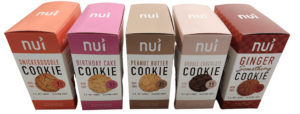Home » Chipboard Packaging Explained: Products, Benefits & Applications
Chipboard Packaging Explained: Products, Benefits & Applications
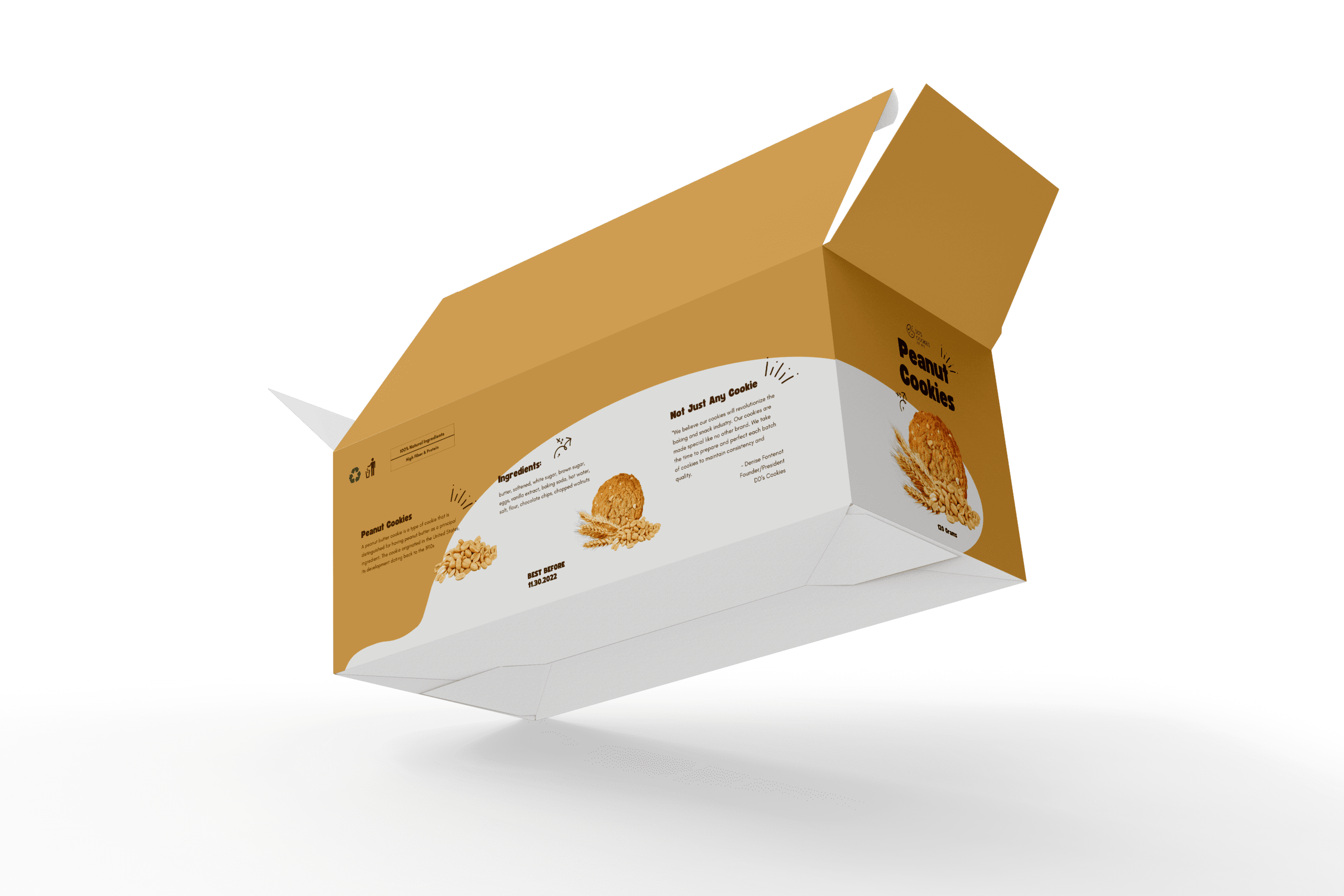
What is Chipboard?
Chipboard is made from small wood particles mixed with resin, binders and other additives, which is then pressed together under high temperature with high amounts of pressure. It is thicker than normal paper, but doesn’t have flutes like corrugated boxes. Chipboard normally comes in a single layer material, but it can come in a variety of thicknesses dependent on your packaging needs. This type of packaging is not meant for shipping purposes, it is best used for small consumer goods. For the purposes of this blog SBS, CCNB, CNK, SUS, and other similar products are included in this chipboard category.
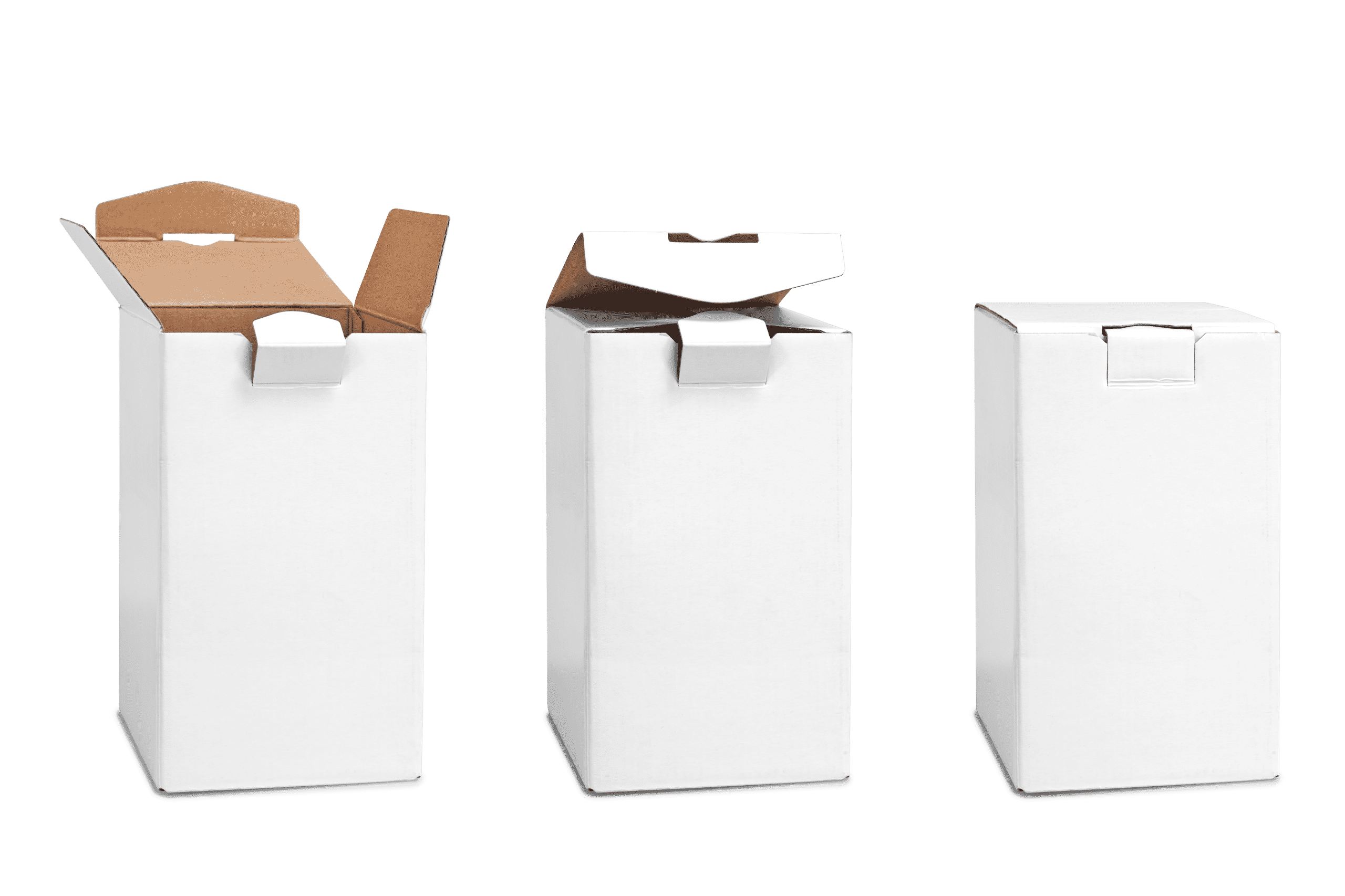
Advantages:
- Cost Efficient: Lower production and shipping cost.
- Better for Storage: Takes up less space when being stored compared to other packaging products.
- Printing: Ideal for design and customization and can be directly printed on.
- Flexible: Easier to cut, fold and shape due to thinner material.
- Protection: The density of the material gives strength and protection against possible damage.
- Environmental Factors: It is made from recycled material. The energy used to create this product is far less than other packaging options.
Disadvantage:
- Chipboard cannot hold heavy or fragile Items and does not offer as much protection compared to other materials like corrugated.
What are Common Chipboard Applications?
Chipboard is best suited for retail and lightweight displays because this material can be cut and folded into different sizes and thicknesses. Since it is easily customized and printed directly on, it allows for pictures and high-quality designs to be printed directly on the chipboard surface, as opposed to needing secondary labels. It is best used for lightweight and less valuable products due to it not being as strong as corrugated material. Most packaging seen in retail is chipboard material. Examples of this include packaging food, beauty products, pharmaceuticals and other retail items.
What are the Chipboard Packaging Products?
- Folding cartons: Thin flexible paperboard or chipboard cartons used in packaging lightweight products. There are several different folding carton styles some being; Straight Tuck End, Reverse Tuck End, Auto Bottom, Full Seal, Shelf Displays and many other styles.
- Setup Boxes: Premium two-piece boxes used to protect luxury items.
- Inserts: Protect items and prevent them shifting from fulfillment to completion.
- Pads: Used to provide products with extra protection and separate layers.
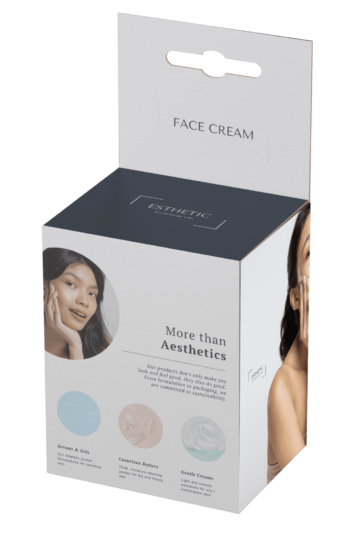
Straight Tuck End (STE) Folding Carton with hanging tab
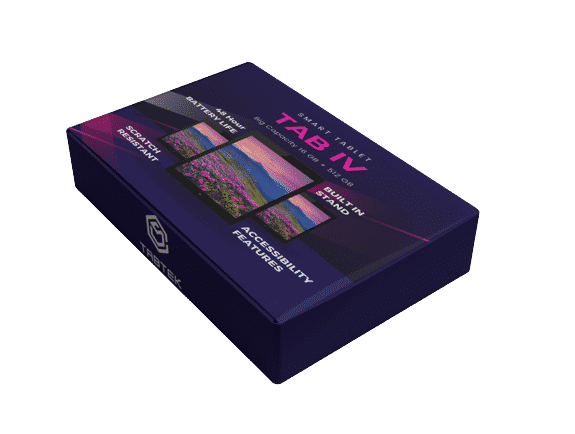
Setup Box (Rigid Box)
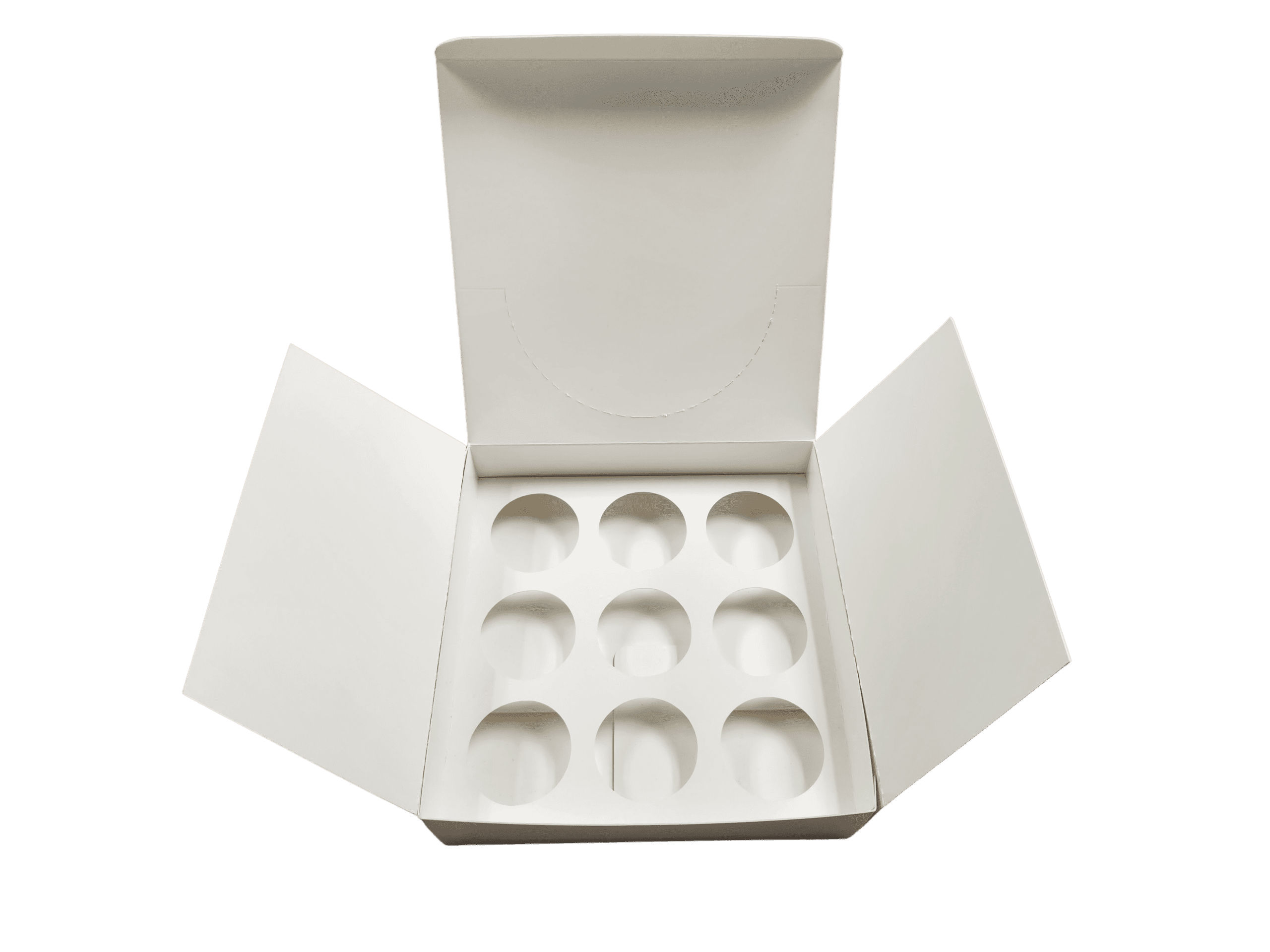
Inserts

Pads
Is Chipboard Right for your Packaging needs?
Deciding which packaging material will work best for your business needs is an important decision. You must take many factors into consideration when weighing your options. If you are looking for a light weight, cost efficient, highly customizable, and ecofriendly packaging option, then chipboard might be the best option for your packaging needs. If you are needing help deciding if chipboard is the right packaging material for you, contact Brown Packaging today and one of our packaging specialists will assist you.
In packaging, foam isn’t just about initial protection — it’s about maintaining performance over the entire shipping or storage cycle. Compression set and recovery characteristics
Pouches are a go-to for flexibility and convenience, but they can fail in critical ways—from poor seals to punctures and delamination—that hurt performance and brand
In the retail environment, the placement of Point of Purchase (POP) displays is just as critical as their design and content. Strategic positioning can significantly
Choosing the right foam density isn’t about “soft” versus “hard” — it’s about controlling shock transmission and matching the foam’s cushioning curve to the product’s
Moisture resistance and dimensional stability are critical performance factors for custom inserts, especially when products are shipped or stored in variable climates. Both foam and
Sustainability in pet food packaging is not just about recyclability—it’s about reducing environmental impact across the entire lifecycle. For products with high barrier needs like
Home » Chipboard Packaging Explained: Products, Benefits & Applications

As the holiday season approaches, the world of e-commerce gears up for a surge in online shopping. With changing consumer behaviors and heightened expectations, brands
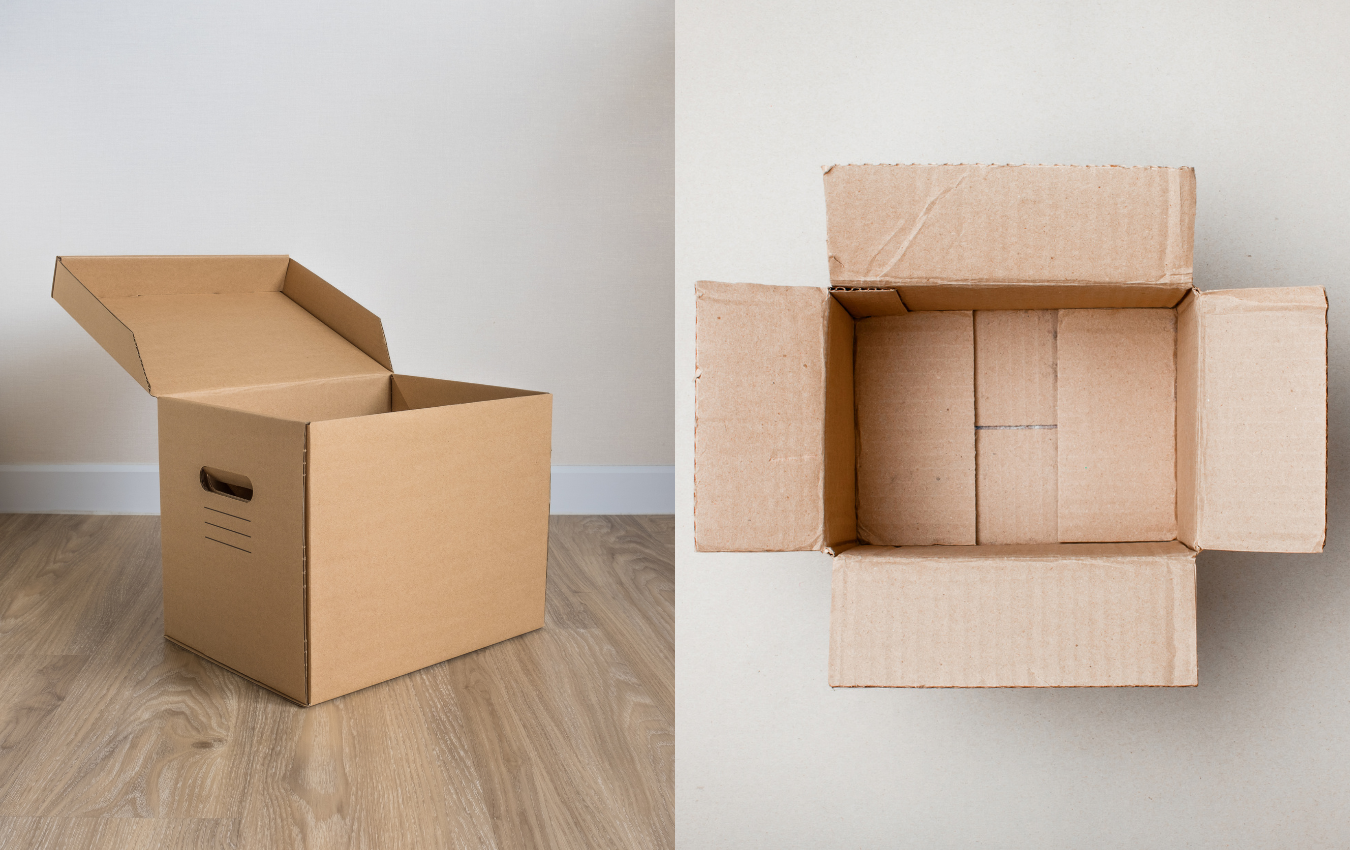
When it comes to packaging solutions, selecting the appropriate type of box can significantly impact convenience, functionality, and the overall user experience. Two common options
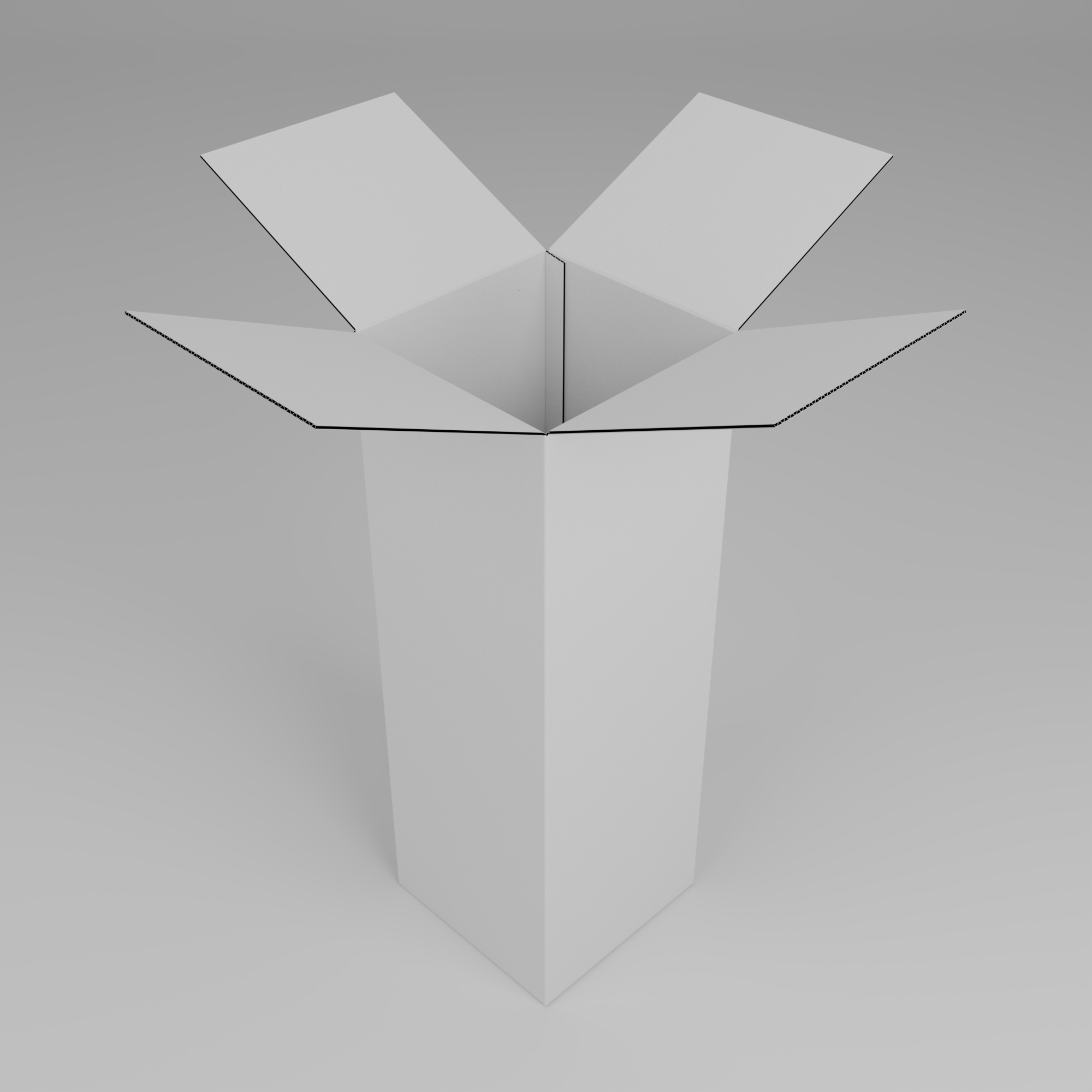
Full-Overlap (FOL) boxes are renowned for their structural integrity and robust design, making them a popular choice for packaging products that require extra protection during


